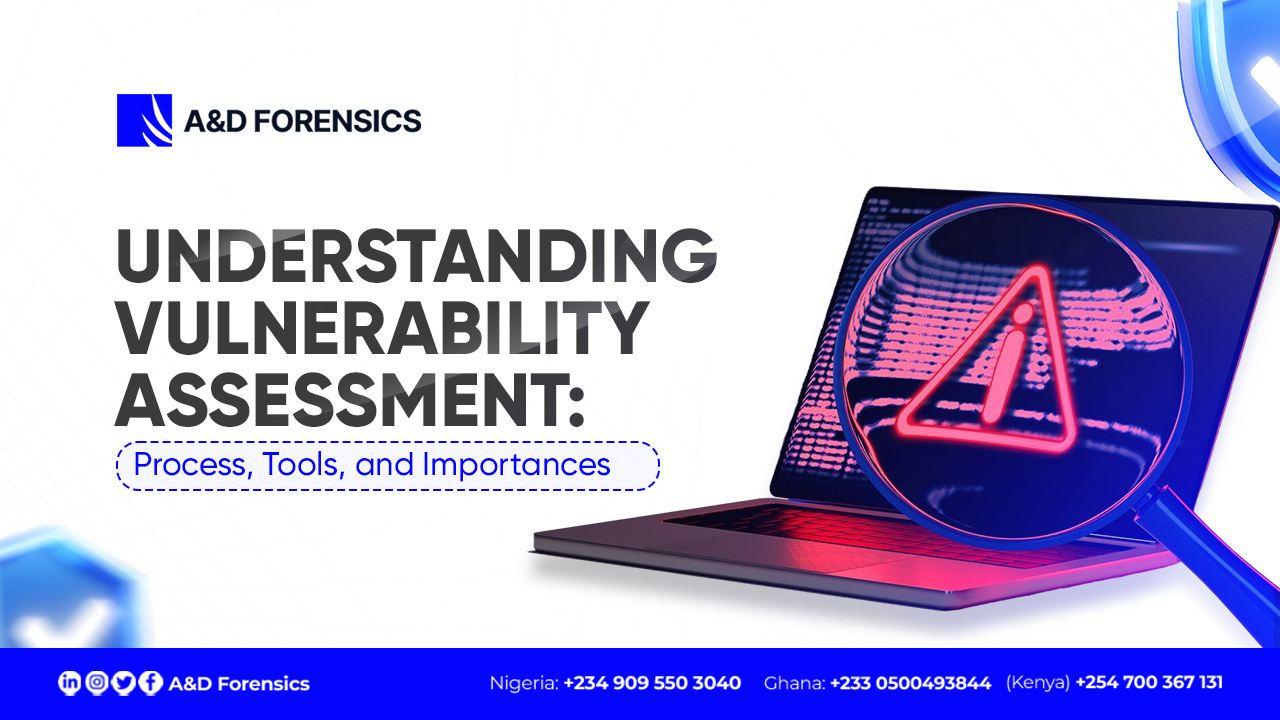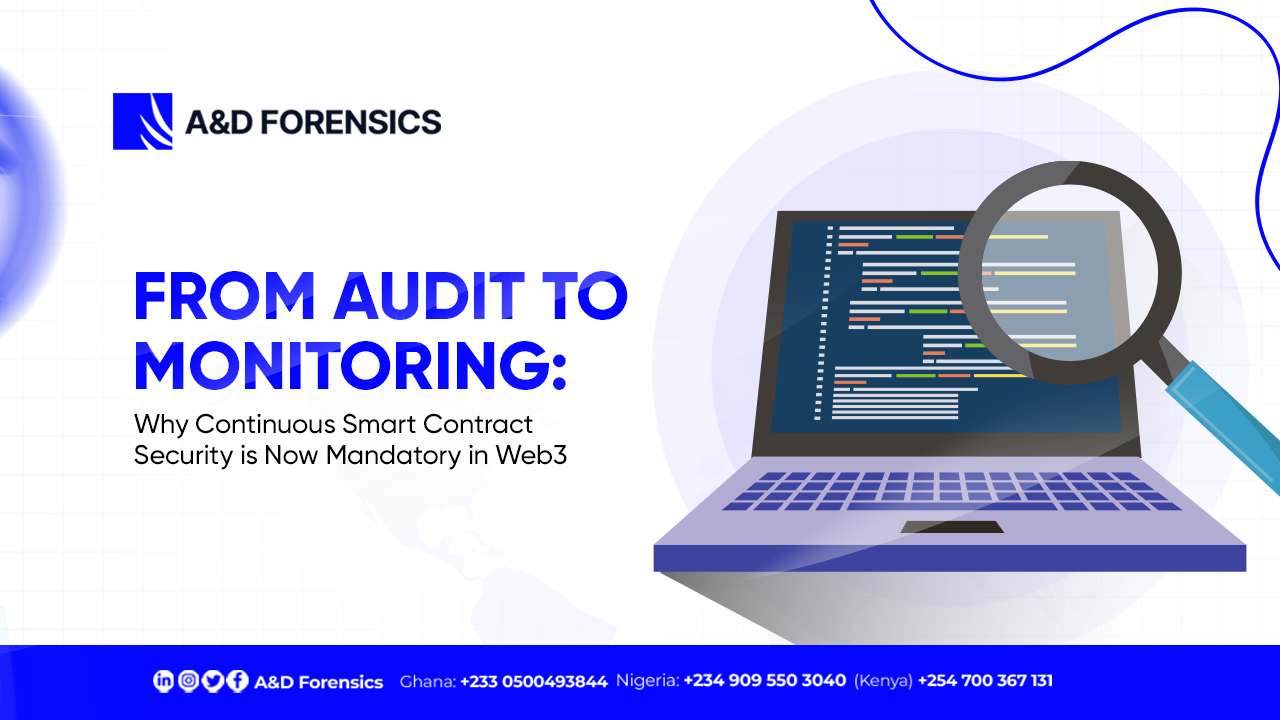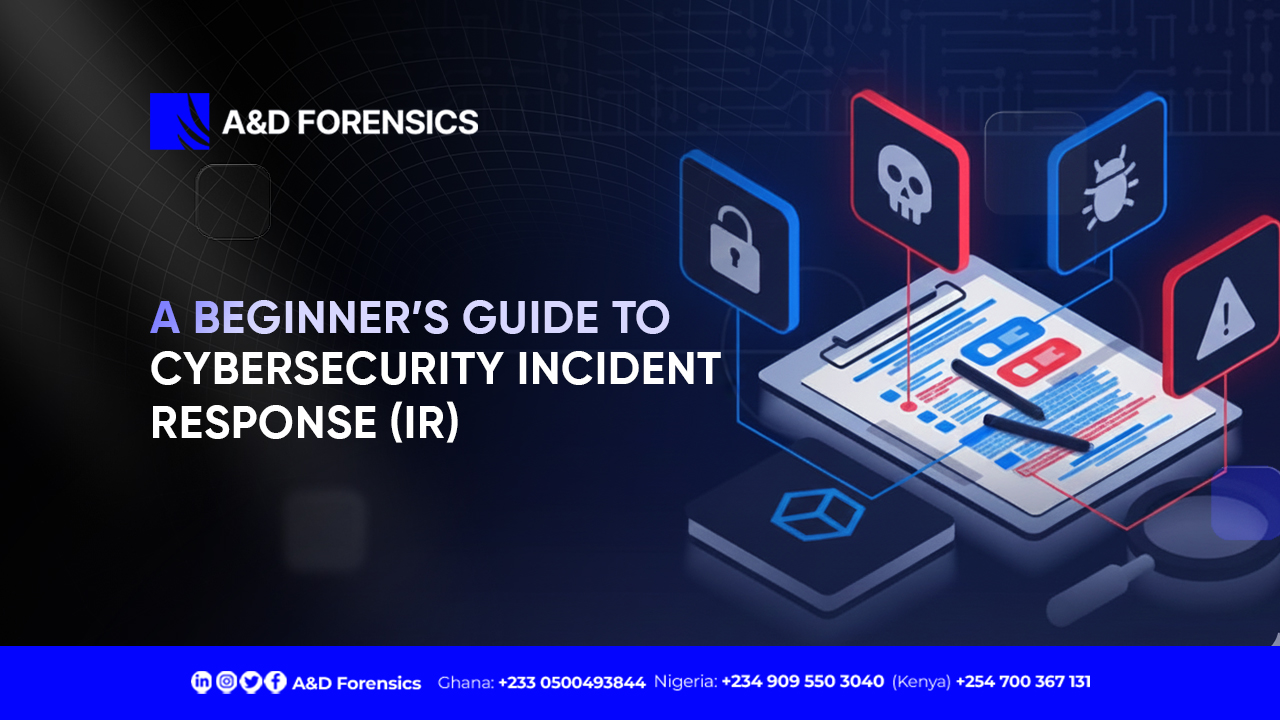A vulnerability assessment is the process of identifying, evaluating, and prioritizing potential weaknesses or security gaps in a system, network, or application that threat actors or attackers could exploit. This assessment is used in various fields, including cybersecurity, environmental studies, disaster management, and public health.
It’s a proactive approach to security, aimed at uncovering vulnerabilities before they can be used to cause harm, such as unauthorized access, data breaches, or other security incidents.
This process involves a systematic examination of an organization’s IT infrastructure, covering everything from servers and software to network devices and configurations, to ensure its defenses are robust. Think of it as a health check for your digital infrastructure. It aims to answer the question: “Where are we weak, and how can we strengthen those areas?”
Importance of vulnerability assessment
- Data Protection: By pinpointing vulnerabilities, assessments help safeguard sensitive data, including customer information, financial records, and intellectual property from unauthorized access or theft.
- Proactive Risk Management: Identifies potential vulnerabilities in systems, networks, and applications before they are exploited. Help organizations stay ahead of cyber threats and reduce the likelihood of breaches
- Cost-Effectiveness: Preventing a data breach is far less expensive than dealing with the aftermath, which can include financial losses, legal fees, and reputational damage.
- Enhanced Reputation: Demonstrates a proactive approach to cybersecurity, which can enhance an organization’s reputation and customer confidence. By showing that you are actively working to secure your systems, you maintain the trust of your customers and business partners.
How Does Vulnerability Assessment Work
A vulnerability assessment is a structured process designed to identify and analyze security weaknesses in an organization’s IT infrastructure. In essence, vulnerability assessment is about proactively finding weak spots before attackers do, then addressing them based on risk.
Here’s a breakdown of how it typically works:
1. Define the Scope
- The first step is determining what needs to be assessed. This could be a specific application, an entire network, a server, or even physical infrastructure.
- The scope defines the boundaries, such as which systems, IP addresses, or assets will be included, and any limitations (e.g., avoiding disruption to live systems).
2. Discovery and Asset Identification
- Tools or manual processes are used to identify all assets within the scope, servers, endpoints, software, databases, etc.
- This step often involves scanning the network to map out devices, open ports, services, and software versions running on them.
3. Vulnerability Scanning
- Automated tools (e.g., Nessus, Qualys, OpenVAS) or manual techniques are employed to scan the identified assets for known vulnerabilities.
- These tools compare system configurations, software versions, and settings against databases of known vulnerabilities (like the CVE database) to detect weaknesses such as outdated software, misconfigurations, or unpatched systems.
4. Analysis and Risk Assessment
- Once vulnerabilities are identified, they’re analyzed to determine their severity and potential impact. This often uses scoring systems like the Common Vulnerability Scoring System (CVSS), which rates vulnerabilities on a scale from 0 to 10 based on exploitability, impact, and complexity.
- Context matters: A vulnerability might be critical on a public-facing server but less urgent on an isolated internal system.
5. Prioritization
- Not all vulnerabilities can (or need to) be fixed immediately. Prioritization is based on factors like:
- Severity of the vulnerability.
- Likelihood of exploitation (e.g., is there an active exploit in the wild?).
- Criticality of the affected asset (e.g., does it hold sensitive data?).
- This helps focus resources on the most pressing risks.
6. Reporting
- A detailed report is generated, outlining the vulnerabilities found, their severity, affected systems, and recommended remediation steps (e.g., patching, configuration changes, or additional controls).
- This report is typically shared with IT teams, security professionals, or management.
7. Remediation
- Based on the report, the organization takes action to fix the vulnerabilities. This could involve:
- Applying software patches.
- Updating configurations (e.g., closing unnecessary ports).
- Deploying workarounds if a patch isn’t available.
- In some cases, vulnerabilities might be accepted if the risk is low or mitigation is impractical.
8. Verification and Rescanning
- After remediation, the system is retested to confirm that the vulnerabilities have been resolved.
- This step ensures no new issues were introduced during the fix.
9. Ongoing Process
- Vulnerability assessment isn’t a one-time event. New vulnerabilities emerge as software updates, new threats are discovered, or systems change. Regular assessments (e.g., quarterly or after major updates) are standard practice.
Types of Vulnerability Assessment
- Network Vulnerability Assessment: is a type of security evaluation focused on identifying vulnerabilities within a network’s infrastructure. It examines devices, systems, and services connected to the network—such as routers, switches, firewalls, servers, and endpoints—to uncover weaknesses that could be exploited by attackers. This assessment is crucial for understanding and securing the network perimeter (external) or internal network environment.
- . Host-Based Vulnerability Assessment: is a security evaluation method that focuses on identifying vulnerabilities and potential weaknesses within a specific host, such as a computer, server, or network device.
- Application Vulnerability Assessment: is a security evaluation process specifically targeting software applications to identify, analyze, and prioritize vulnerabilities that could be exploited by attackers. It focuses on the code, design, and runtime behavior of an application—whether it’s a web app, mobile app, desktop software, or even an API—to uncover weaknesses that might allow unauthorized access, data breaches, or other malicious activities.
- Database Vulnerability Assessment: is a specialized process designed to identify, evaluate, and address security weaknesses in a database system. Databases often store sensitive and critical information, making them a prime target for attackers. A database vulnerability assessment helps ensure that databases are secure from unauthorized access, data breaches, and other potential threat
- Wireless Network Vulnerability Assessment: is a security evaluation process focused on identifying weaknesses and potential exploits in a wireless network, such as Wi-Fi systems. It examines the network’s configuration, encryption, access controls, and signal environment to detect vulnerabilities that could allow unauthorized access, data interception, or disruption of service.
wireless networks are often targeted by attackers because they can be accessed remotely, making them a potential entry point into an organization’s IT infrastructure..
10 Common Web Application Vulnerabilities
Here’s a concise list of 10 common web application vulnerabilities:
- Injection Attacks
- Broken Authentication
- Sensitive Data Exposure
- XML External Entities (XXE)
- Broken Access Control
- Security Misconfiguration
- Cross-Site Scripting (XSS)
- Insecure Deserialization
- Using Components with Known Vulnerabilities
- Insufficient Logging and Monitoring
This list is based on the OWASP Top 10 and highlights the most critical risks to web applications.
Tools Needed for Vulnerability Assessment
- ManageEngine vulnerability manager plus: It allows you to continuously monitor the network for vulnerabilities and misconfigurations, perform audits of end-of-life software, firewall state, and antivirus state.
- Nessus: Nessus is a widely used vulnerability scanning tool developed by Tenable. It aids security professionals in identifying and mitigating vulnerabilities in the IT system, networks, and applications. It’s also used for identifying software vulnerabilities, checking for weak passwords, ensuring systems are patched, and assessing compliance with security policies
- OpenVAS (open vulnerability assessment system): OpenVAS is an open-source vulnerability scanner that helps identify security issues in applications. It’s part of the Greenbone Vulnerability Management (GVM) framework and is often used as an alternative to Nessus. It also regularly updates the vulnerability database for up-to-date scanning
- Qualys Vulnerability Management (VM) is a cloud-based vulnerability Assessment tool that helps organizations identify, assess, and remediate security risks in their IT infrastructure. It’s also part of the Qualys Cloud Platform and provides continuous monitoring and compliance Management. It also contains agent-based and agentless scanning, with continuous vulnerability monitoring.
- Nmap(Network Mapper) is a free, open-source network scanning tool primarily used for network discovery and security auditing. While it’s not a dedicated vulnerability scanner like Nessus, OpenVAS, or Qualys VM, it can be used for basic vulnerability data when combined with the Nmap Scripting Engine (NSE)
- OWASP ZAP is an open-source web application security scanner developed by the Open Web Application Security Project (OWASP). It’s primarily used for penetration testing and vulnerability assessment for web applications. It can be used to detect SQL injection, XSS (cross-site scripting), CSRF, and other web vulnerabilities by automated vulnerability scanning. Other tools include Wireshark, Nikto, Acunetix, and Metaspoit.
Conclusion
Vulnerability assessment is more than just a technical exercise, it’s your first line of defense against digital chaos. By proactively uncovering and fixing weak spots in your systems, you’re not just protecting data; you are securing your peace of mind. With the right tools and strategies, you can stay ahead of potential threats, turning a daunting task into an empowering one. But here’s the kicker: it’s not a one-and-done deal. Regular assessments are key to keeping your digital life safe as new risks pop up. Think of it like locking your doors in an unpredictable neighborhood, simple, practical, and oh-so-essential. In the end, it’s about taking control, safeguarding what matters, and breathing easier in our wild online world






